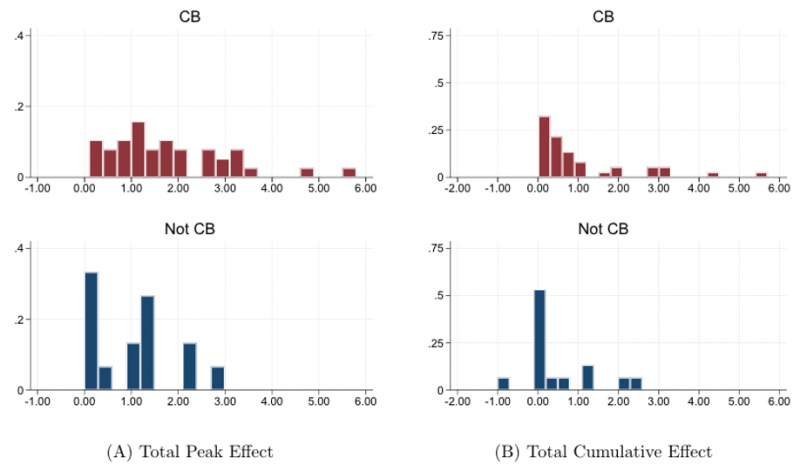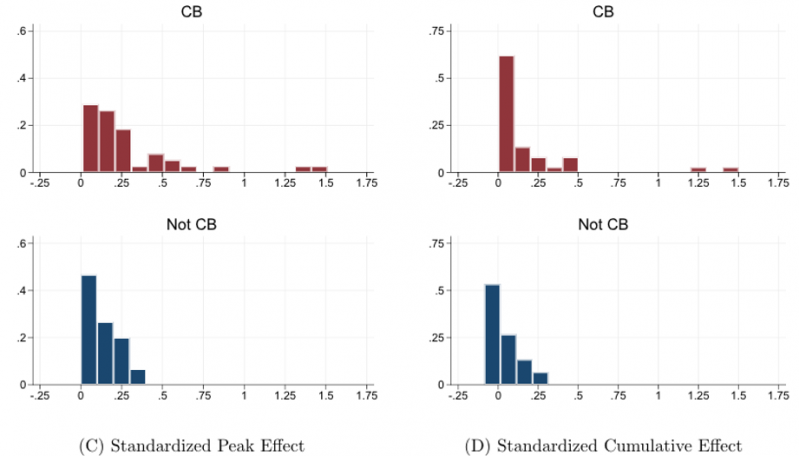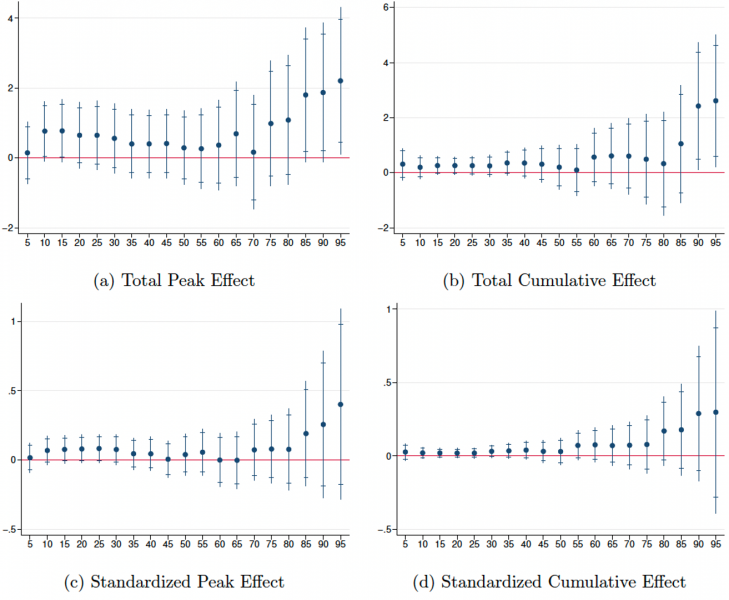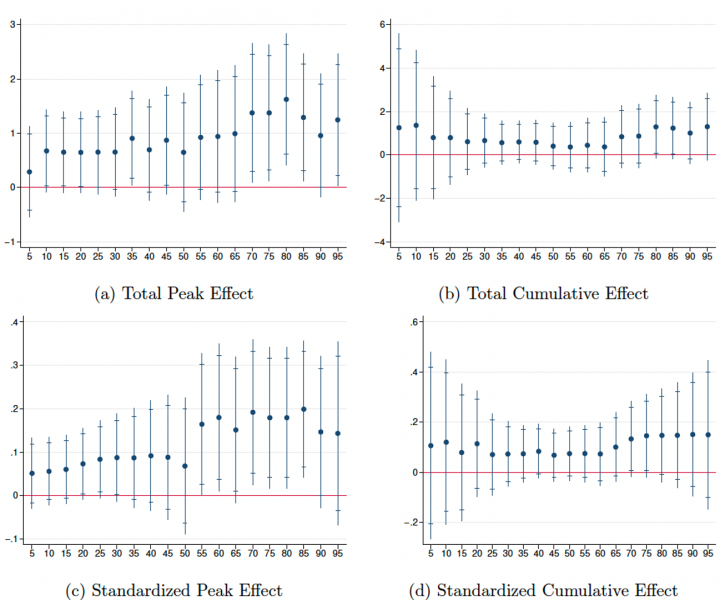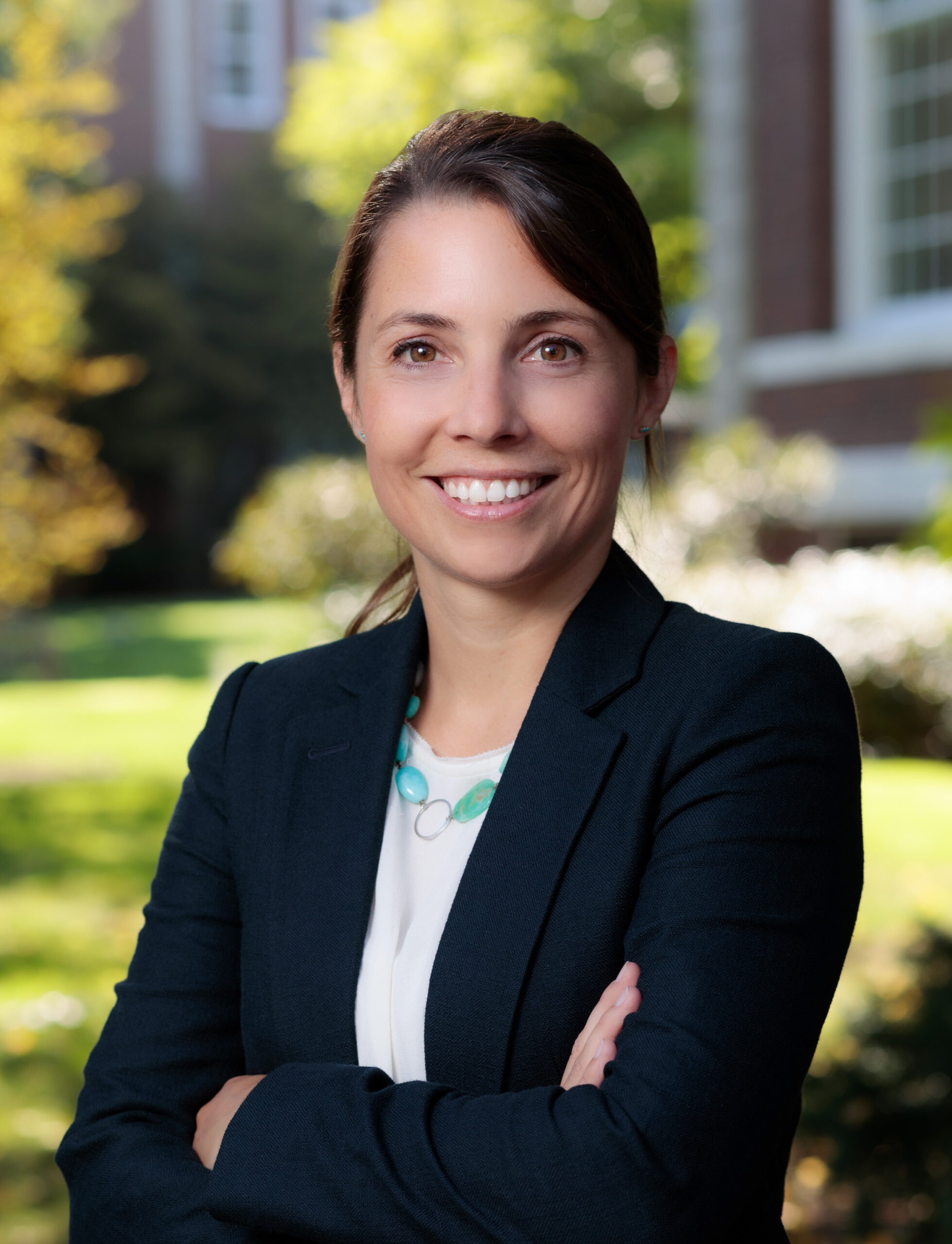References
Bernanke, Ben S. (2012), Monetary policy since the onset of the crisis. Remarks given at the Federal Reserve Bank of Kansas City Economic Symposium, Jackson Hole, Wyoming on August 31.
Fabo, Brian, Martina Jancokova, Elisabeth Kempf, and Lubos Pastor (2021), Fifty shades of QE: Comparing findings of central bankers and academics, Journal of Monetary Economics 120, 1-20.
Fabo, Brian, Martina Jancokova, Elisabeth Kempf, and Lubos Pastor (2023), Fifty shades of QE: Robust evidence, CEPR DP 17998.
Martin, Christopher and Costas Milas (2012), Quantitative easing: A sceptical survey, Oxford Review of Economic Policy 28(4), 750–764.
Pill, Huw (2022), What did the monetarists ever do for us? Remarks given at Walter Eucken Institut/Stiftung Geld und Währung Conference on June 24.
The Financial Times (2015), Four reasons why QE will be different in the eurozone, January 20.
The Financial Times (2017), The consequences of shrinking the Fed’s balance sheet. May 14.
Weale, Martin and Tomasz Wieladek (2022), Fifty shades of QE revisited. CEPR DP 17700.


